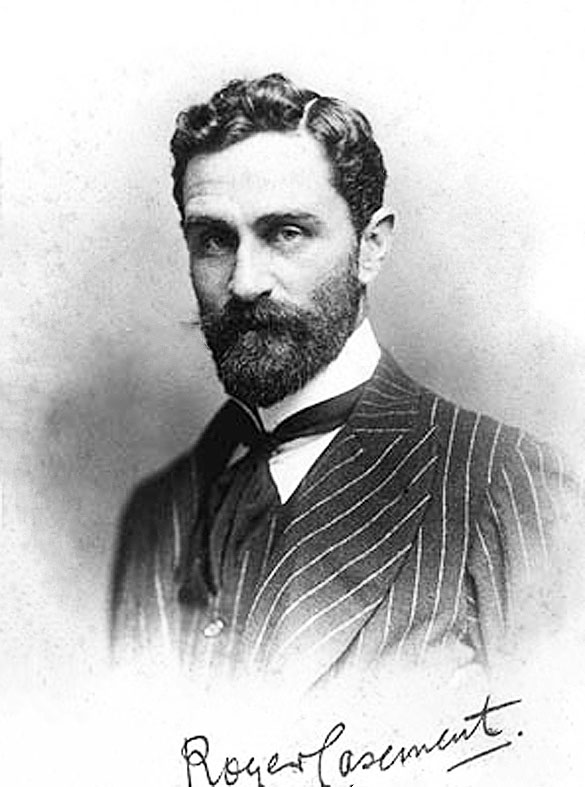This month we observe the centenary of the Easter Rising in Dublin, an event that was profoundly traumatic on both sides of the Irish Sea, and far beyond. In East Gippsland (Victoria), close relatives of Sir Roger Casement – who, as a consequence, was quickly tried and executed for treason in Pentonville Prison – found it necessary to move themselves to an island in the Gippsland Lakes where for long decades they remained in shocked seclusion.
If there is a distinct advantage in observing the current gloomy sequence of centenaries that follow the course of the Great War, it is that they bring home with astonishing vividness the speed with which those calamitous events unfolded. The scale of destruction and loss of life is easily grasped, but not so much, I think, the shocking rate at which it all compounded. If we think of what we were doing, for example, at the end of June 2014, the centenary of the assassination in Sarajevo of the Archduke Franz Ferdinand of Austria – the match that lit the fuse of the bomb that went off in August 1914 – we can perhaps appreciate quite how compacted were subsequent events, and the degree to which governments and armed forces soon lost all control of them.
It is 15 years since the destruction of the World Trade Center in New York City. The First World War only lasted four exhausted years and two months. Before we know it we shall arrive at 11 November 2018, scarcely able to comprehend how much human destruction was condensed into so little time. In many ways today we continue to live with many of the consequences, above all the dismemberment of the old Ottoman Empire.
It is axiomatic that our perception of time changes as we get older. We are told that this is because every passing year constitutes a smaller and smaller proportion of our accumulated experience, such that waiting a few months until Christmas is for children an eternity, while the rest of us are staggered by the accelerating frequency with which we are obliged to note the arrival of birthdays divisible by the number five or, worse, ten. It follows that our perception of the rhythms of historical time is also likely to change as we get older.
Time in portraiture, now there’s an excellent topic.














